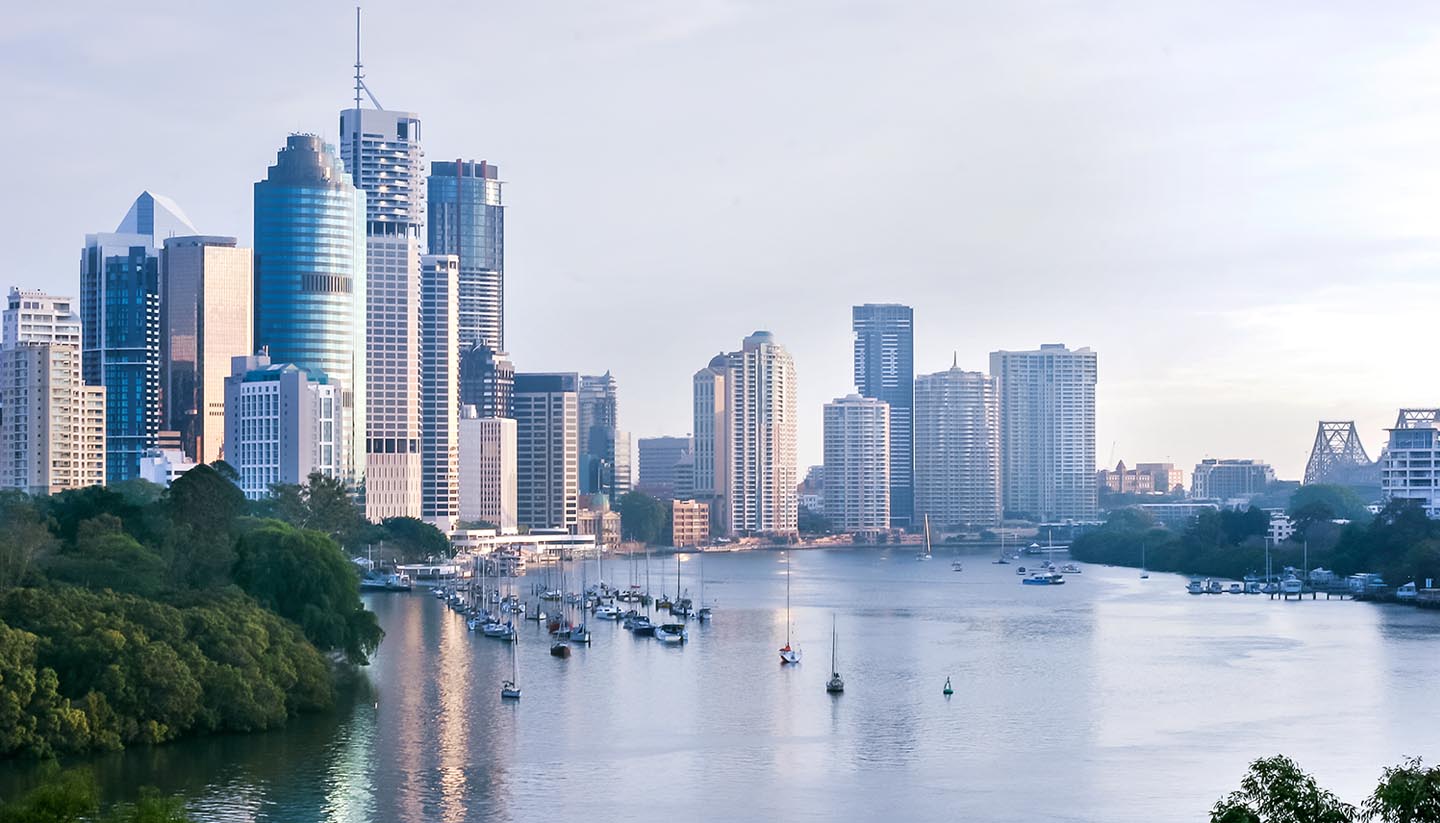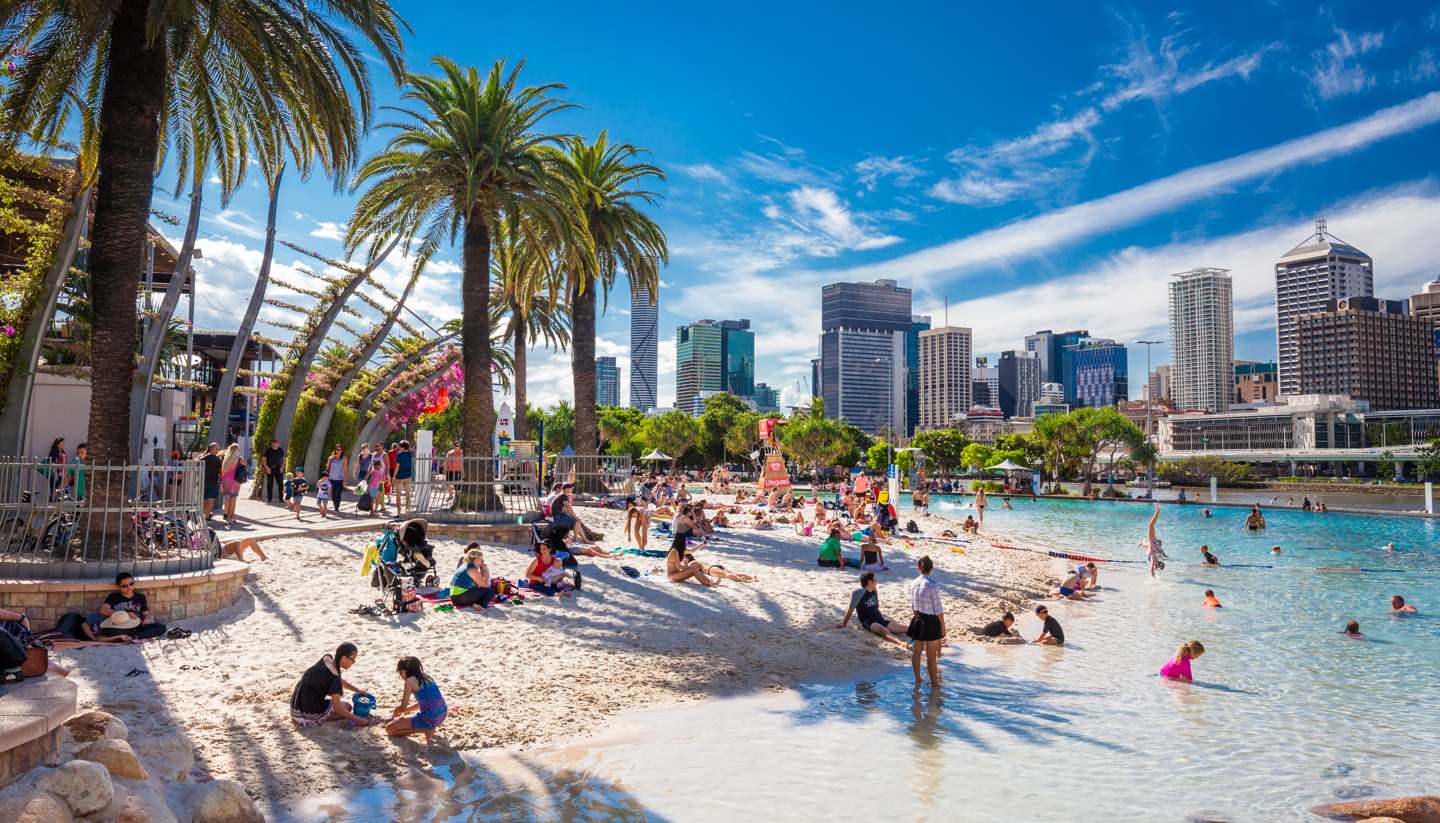Brisbane History
The first European explorer to reach Brisbane was Captain Matthew Finders in 1799. Brisbane grew to life just over 20 years later when a convict colony was established overlooking Moreton Bay in 1823. Called Redcliffe, it swiftly gained a reputation for being a place where the punishments were particularly harsh, and as a result, many of the worst convicts sent to Sydney were moved on to what would become Brisbane.
Thanks to its regular rainfall and teeming seas, the area was opened up to free settlers in 1842, marking the proper start of the city. Despite protests from the indigenous Turrbul and Jagera people, settlers cleared forest and established farms, paving the way for the city itself. A boost came in 1859 when Queensland was declared separate from New South Wales and Brisbane named the capital.
With Brisbane’s new status came accelerated development, and the city gained its first electric street lamps in 1882, followed by a railway terminus in 1879. Next it built its own immigration centre in 1887 and with that, a corresponding expansion of the city population. Finally, in 1902, Brisbane was given its charter and officially became a city.
Despite the auspicious start to the 20th century, WWI saw many of the local men travel abroad to fight, with thousands killed at Gallipoli. During WWII, the city also became a hub for Allied troops fighting in the South Pacific, with many government buildings turned over to the soldiers. It wasn’t all smooth sailing however, and in 1942, riots broke out that left one Australian soldier dead.
In the post-war years, Brisbane continued to grow, with many of the Allied soldiers who served there during the war choosing to remain.
The 1960s saw the modernisation of public transport and sewerage, enabling the city to grow even further. However, the flood defence system built at this time was found tragically lacking in 2011 when thousands of homes were flooded and 35 residents were left dead.
Today, Brisbane remains one of the fastest growing cities in Australia – and one of the most popular with tourists.



